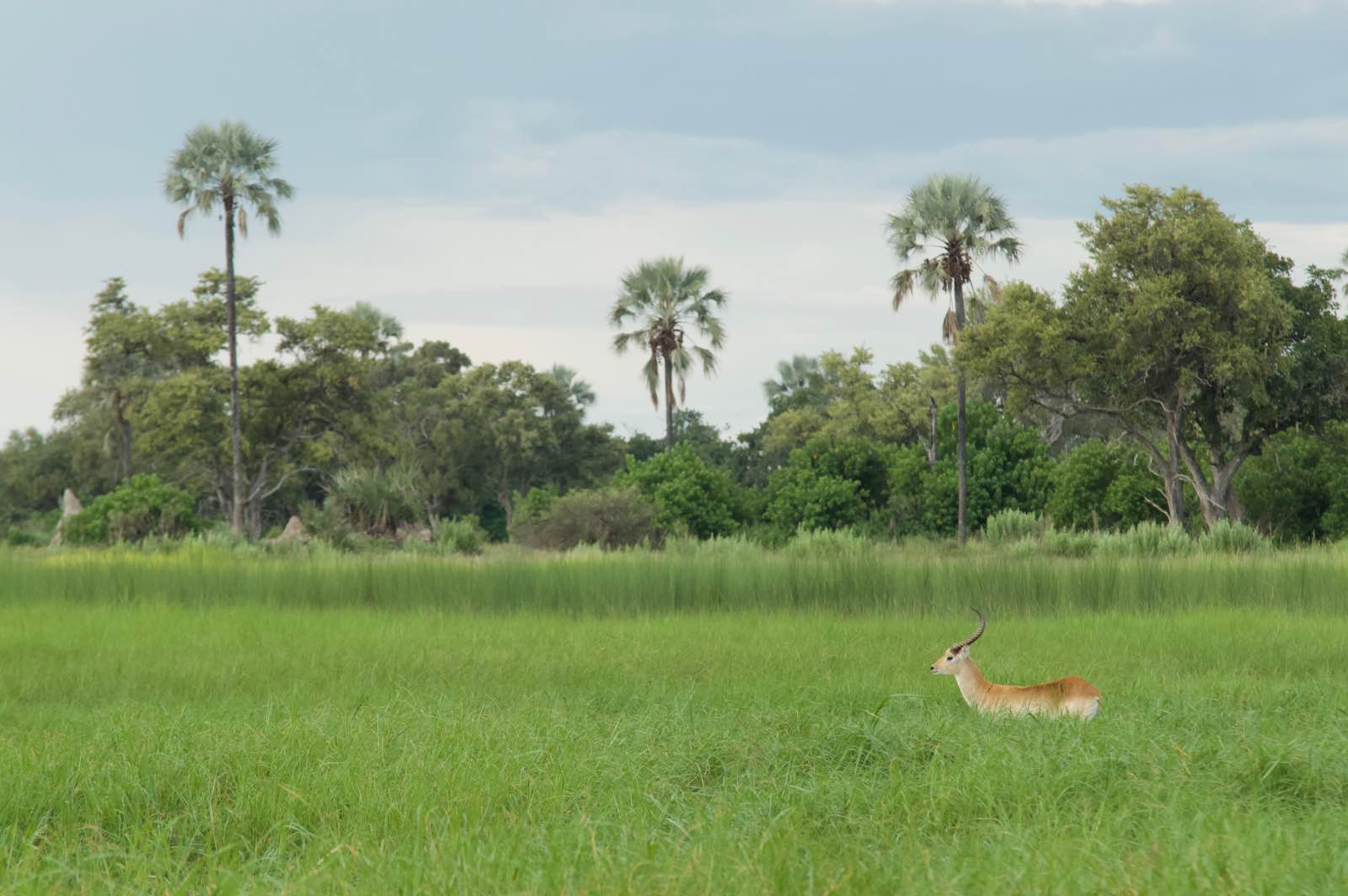Sure, African summers are notoriously harsh in terms of heat with temperatures that escalate well into the 40s (C), but the relief of big, heavy cumulonimbus clouds gathering in a rumble of humidity and electricity in the afternoons is one of the best sights, sounds, and smells in the world. Any African will tell you that. The fat droplets of rain that eventually burst from the weighty heavens simmer on the hot earth and refill waterholes and river beds with the liquid of life.
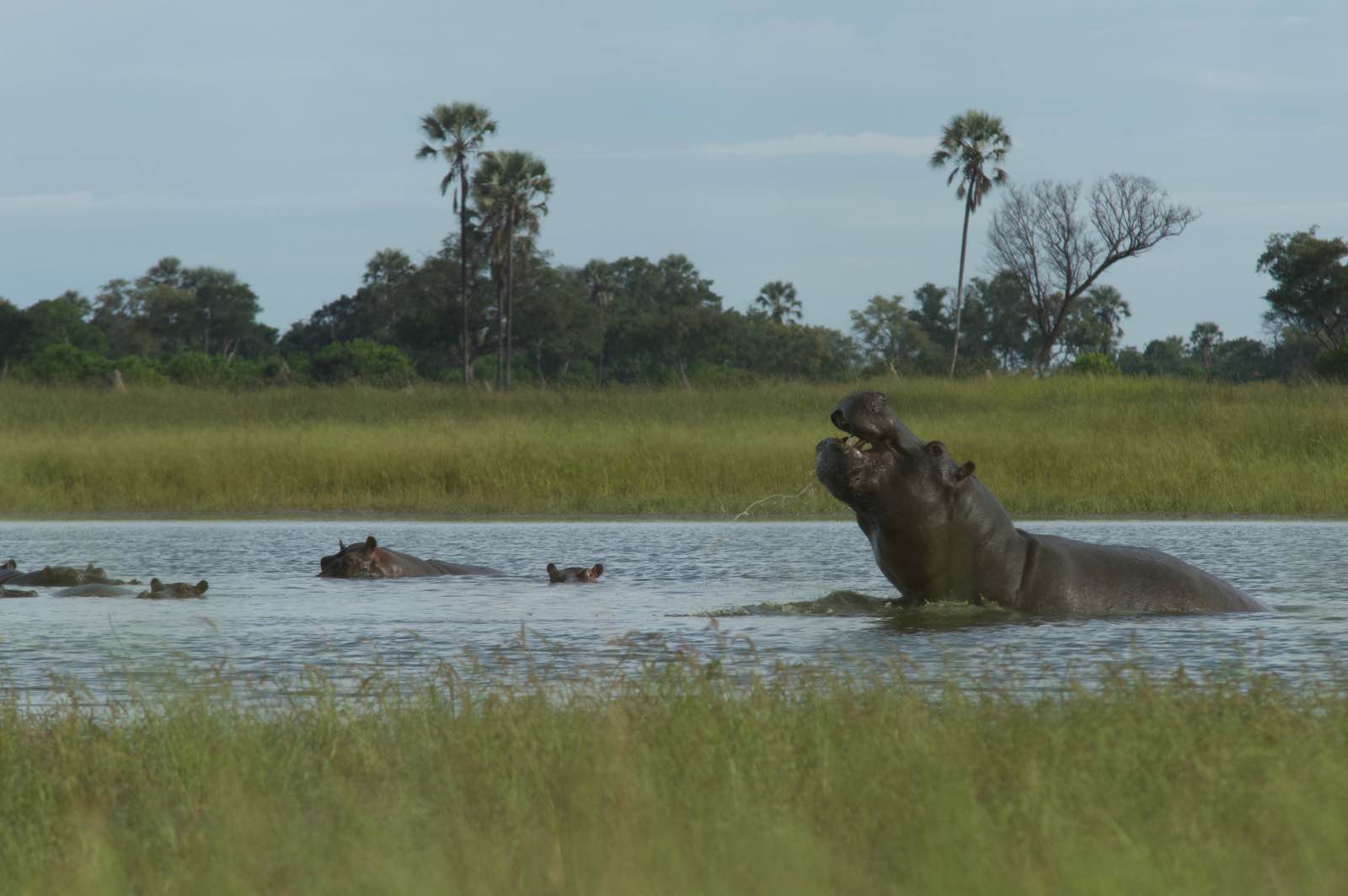
Summer is by far the more beautiful of the safari seasons, but winter is the most popular time to travel. From July to October, water is scarce and animals migrate to find food sources. In national parks and reserves across Africa, tourism explodes as the game viewing becomes the best yet. Without thick, leafy trees blocking the view and with resources reduced to a minimum, the competition is high and predators have a field day. Winter certainly does have its perks, but summer should not be overlooked because it packs and incredible experience, if you can handle the heat and the bugs! We’ll tell you why…
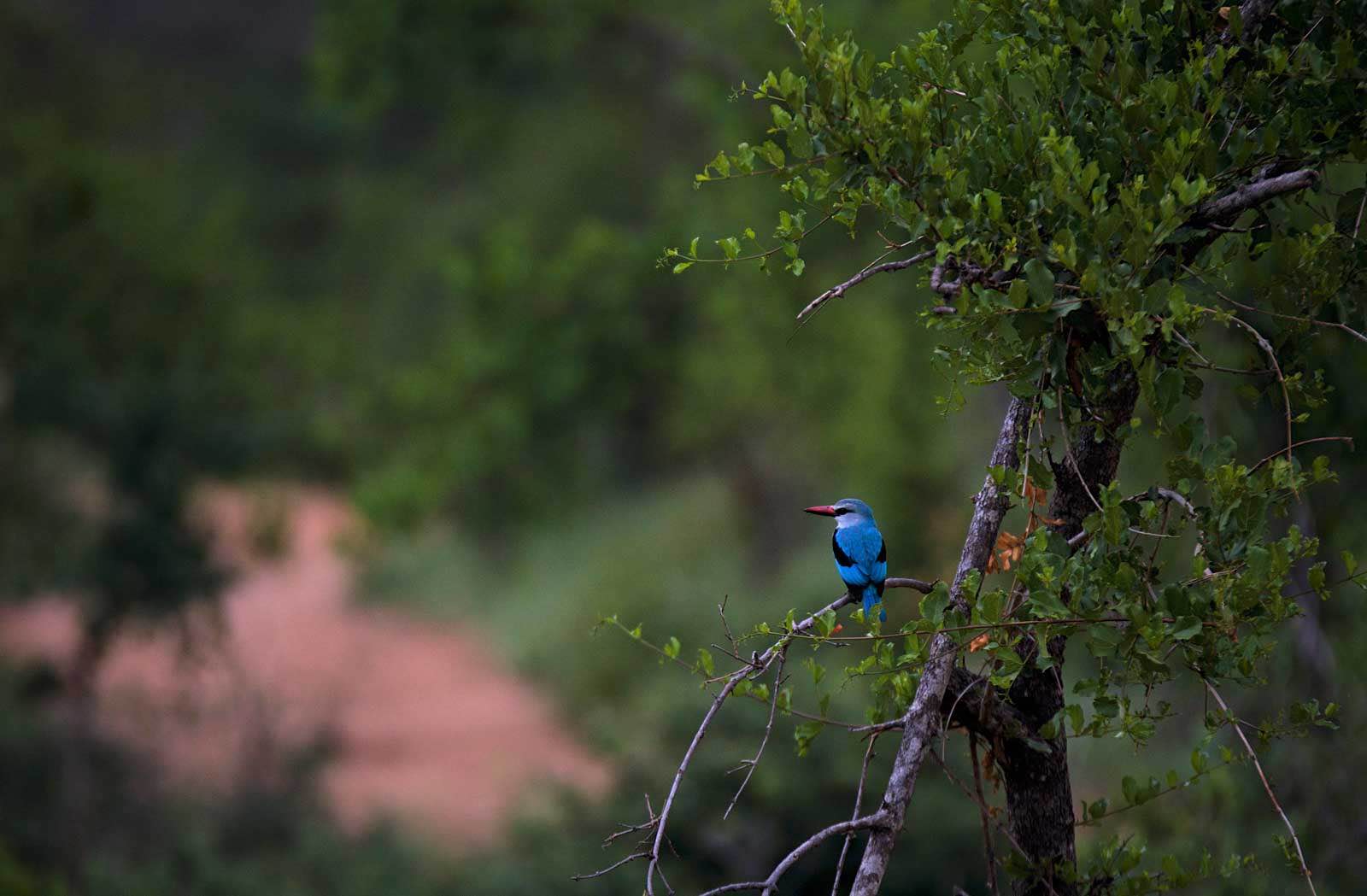
Birds, obviously
We’re passionate about birding, and we know we’re not alone. Summer is the exciting time of year when we start to hear those familiar bird calls that have been absent for the rest of the year. Some of the crowd favourites in Southern Africa include the cuckoos, like the red-chested cuckoo’s “piet my vrou” chant, and the woodland kingfisher, whose high-pitched cascading song is one of the most recognisable in the summer bush. Beautiful, iridescent jewel tones of the emerald and Diederik cuckoos are almost unbelievable to see, and suddenly those abundant lilac-breasted rollers are joined by their cousins, the European rollers.
Yellow-billed kites arrive early in the season and then are abundantly present. Amur falcons make the incredible journey all the way from north-eastern China and back again and are celebrated for their mammoth trans-equatorial flight. Quite amazingly, over 100 bird species migrate to South Africa every summer, some travelling over 10 000 kilometres in a matter of days. The warm African season is abundant with food and water for birds and it is the perfect breeding ground. If you’re into birds, you have to safari in summer.
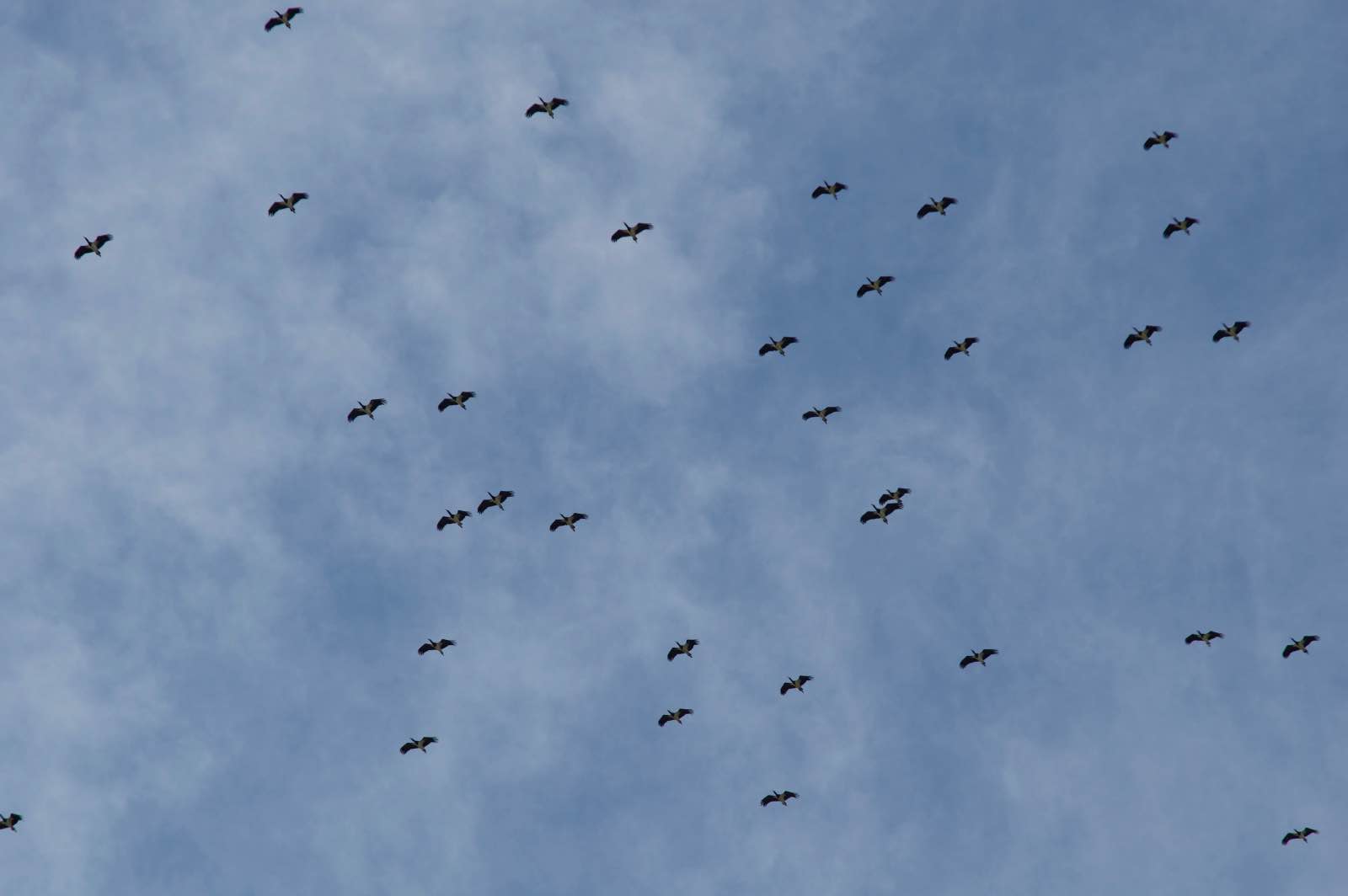

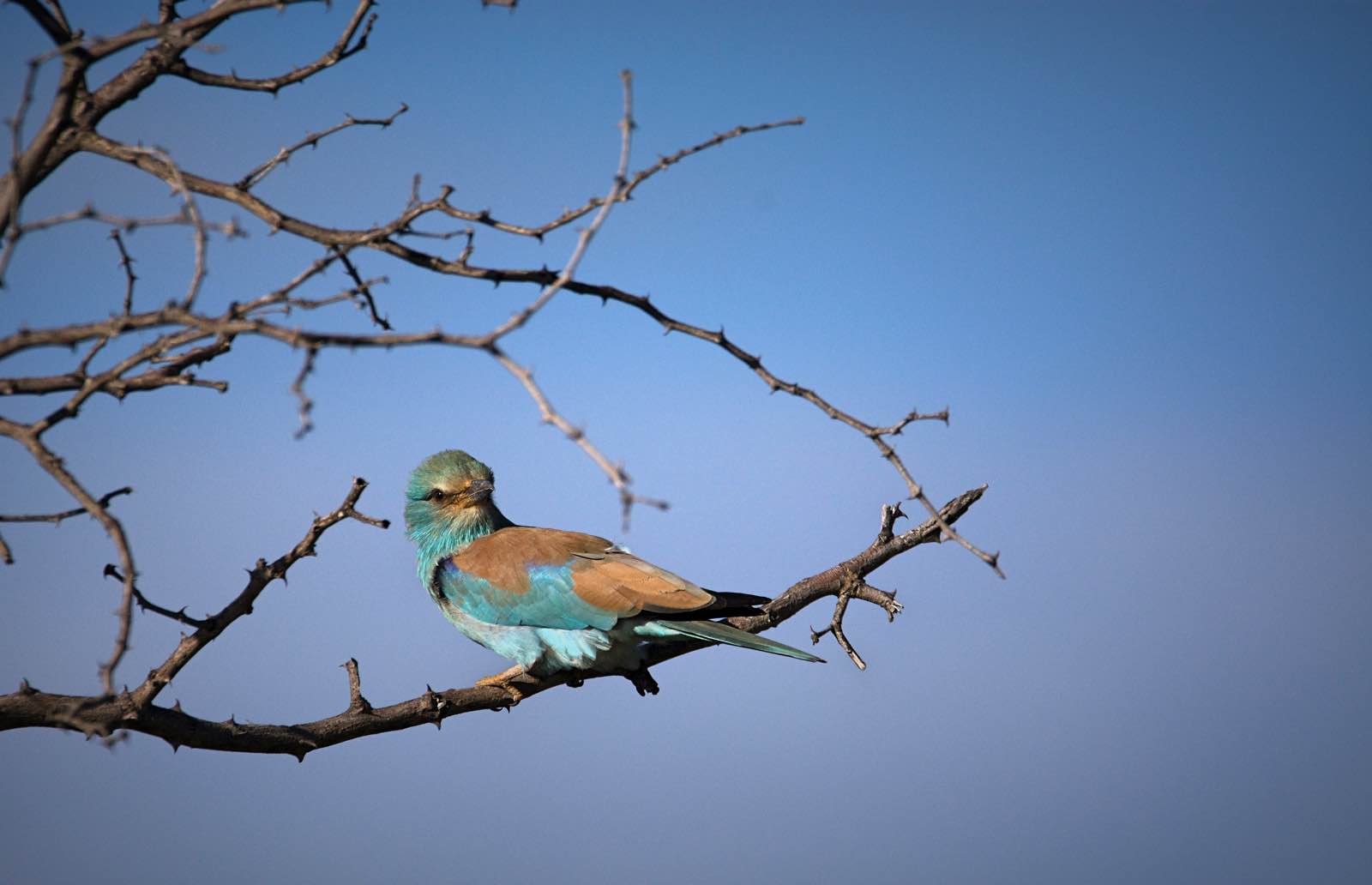
Better priced accommodation
The “green season” prices for lodge accommodation (around January to March) are much lower than the peak season prices (June to October), giving you a lot more room in your budget. When the safari season calms down at the start of summer (November) and rooms begin to empty, the cost of your stay at a luxury lodge in, say the Okavango Delta, can drop by over per person per night. Then the second lull comes in mid-summer (mid-January to mid-March) when some of the regions most premier safari lodges cut their rates even more and you can get the five-star experience for a third of the price.
The wonderful Mombo Camp in the Delta goes for about USD 3500 per person sharing per night from June through to October, but if you book to stay between January and March, you can expect to pay USD 1900 per person sharing per night. Adventure-style Savuti Camp goes for half price in the green season, dropping from USD 1500 to USD 770.
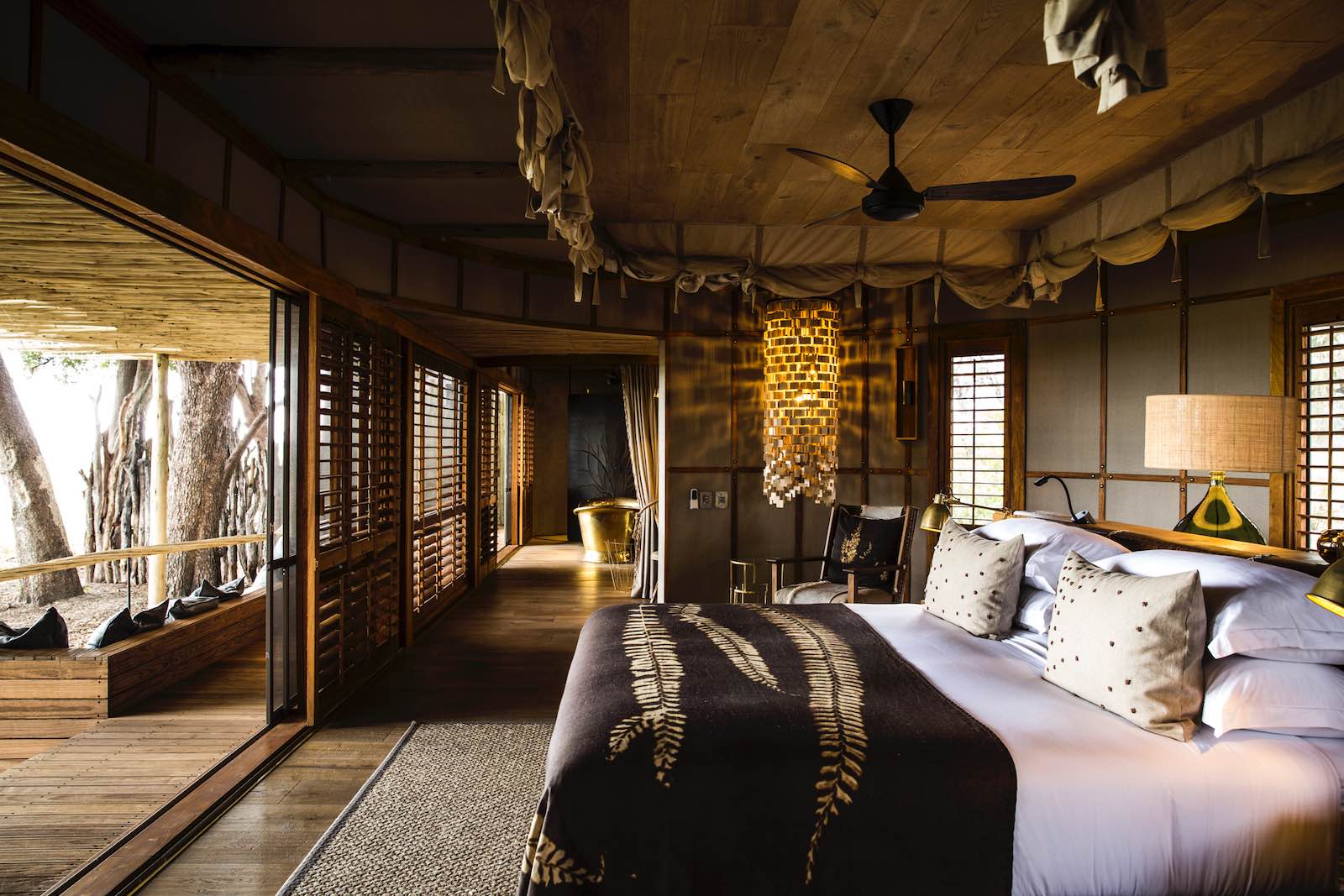
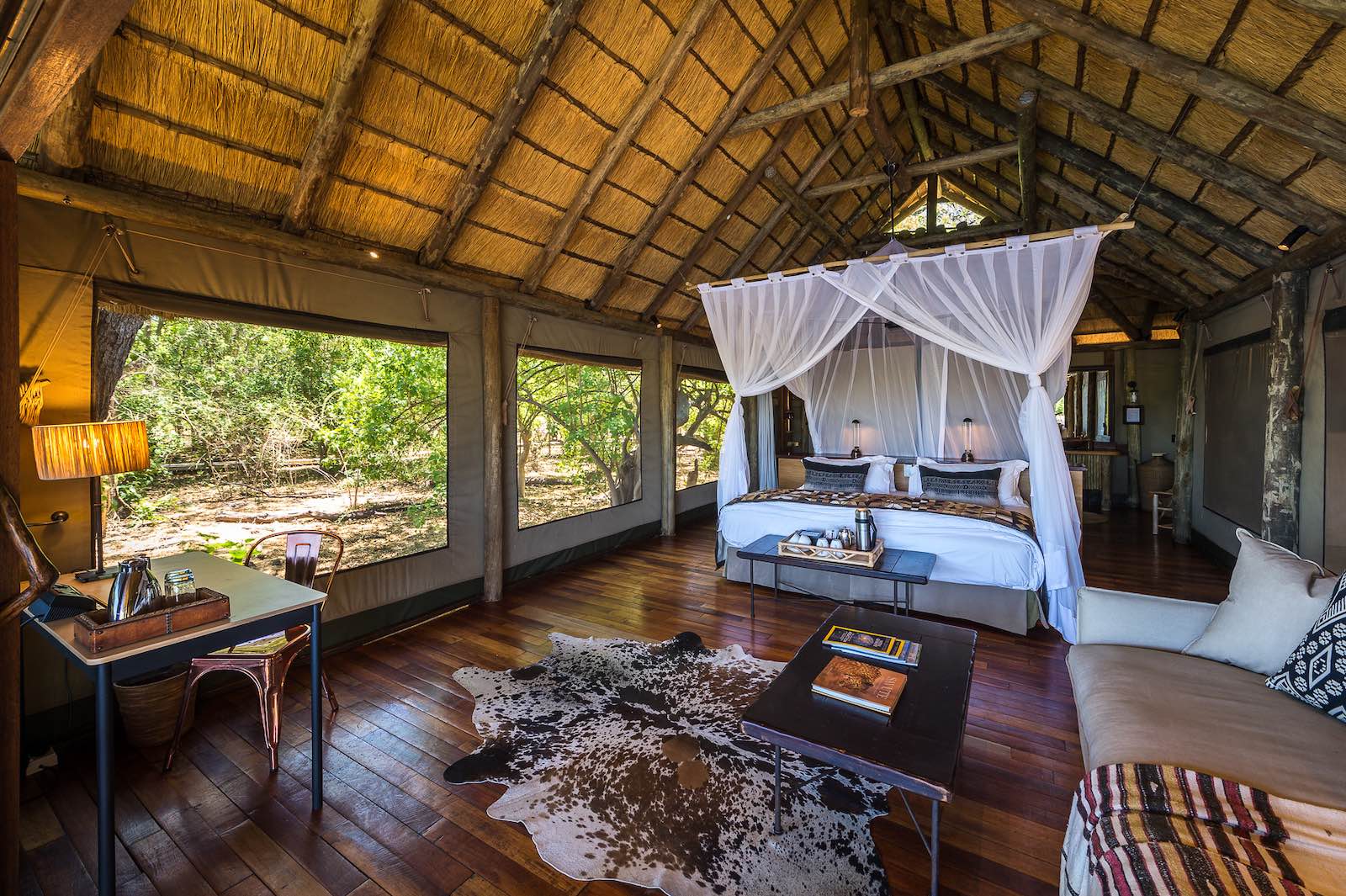
A safari experience is often perceived as being reserved for the elite travellers, because the full package is not cheap. This is why it is always helpful to work with one of our experts who have all the knowledge about rates specials, peak seasons, discounts, and much more. Our team has years of experience designing summer-time safaris, so if you want to make use of lower rates in epic locations, get in touch.
Baby animals
This item is clearly a winner. If you’ve ever seen warthog piglets or wobbly springbok lambs, you’ll know what we’re talking about. The cute factor is high in summer when the abundance of water – resulting in the abundance of food for herbivores – announces the arrival of all sorts of baby animals. It’s the “calving season” for a reason, and by January and February, you’ll be seeing newborn impala, wildebeest, warthog, zebra, blesbok, buffalo, springbok, elephant, and giraffe, depending where you are. Some of these animals give birth at any time of the year, like elephant, and so do predators, but most antelope drop their lambs and calves once the first rains have fallen and fresh grazing is on the way in.
The Kalahari is one place that totally transforms in the summer when the arrival of the rain means the dry desert starts to produce life in all forms. The Central Kalahari Game Reserve in Botswana becomes “the Green Desert” in January and it is a sight for sore eyes. The large herds of springbok here double in size as all the pregnant females finally release their newborns into the world.
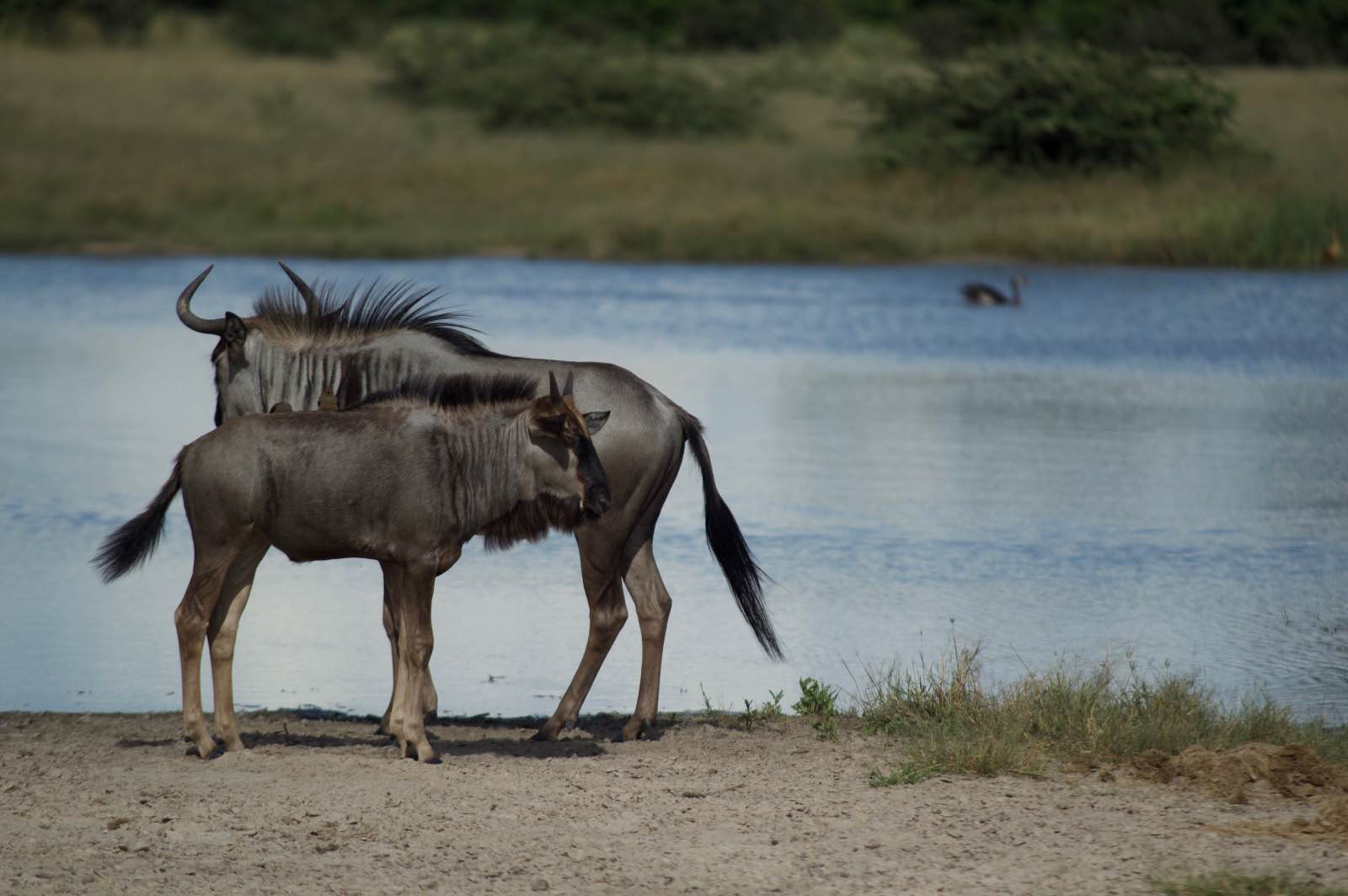
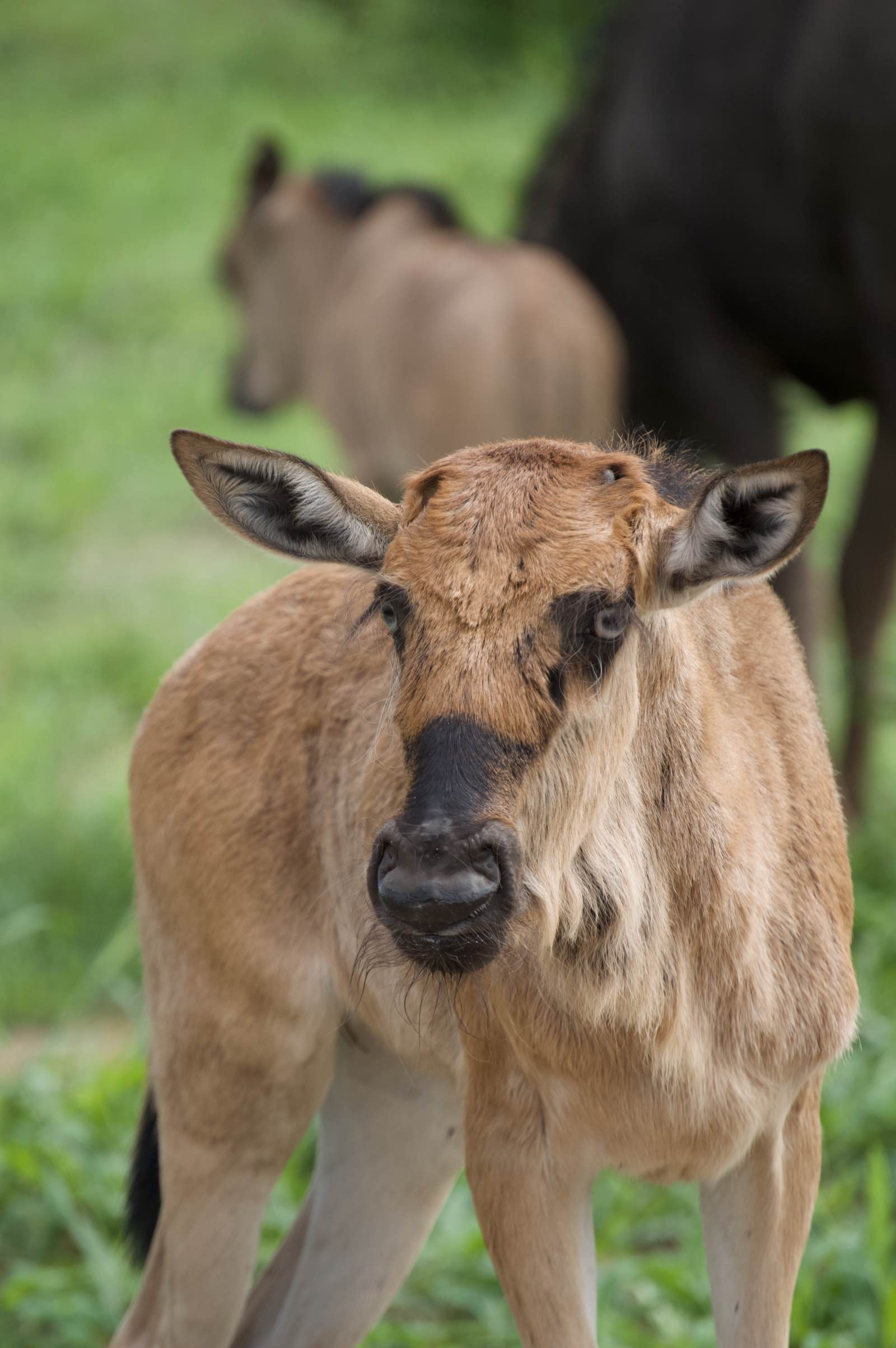
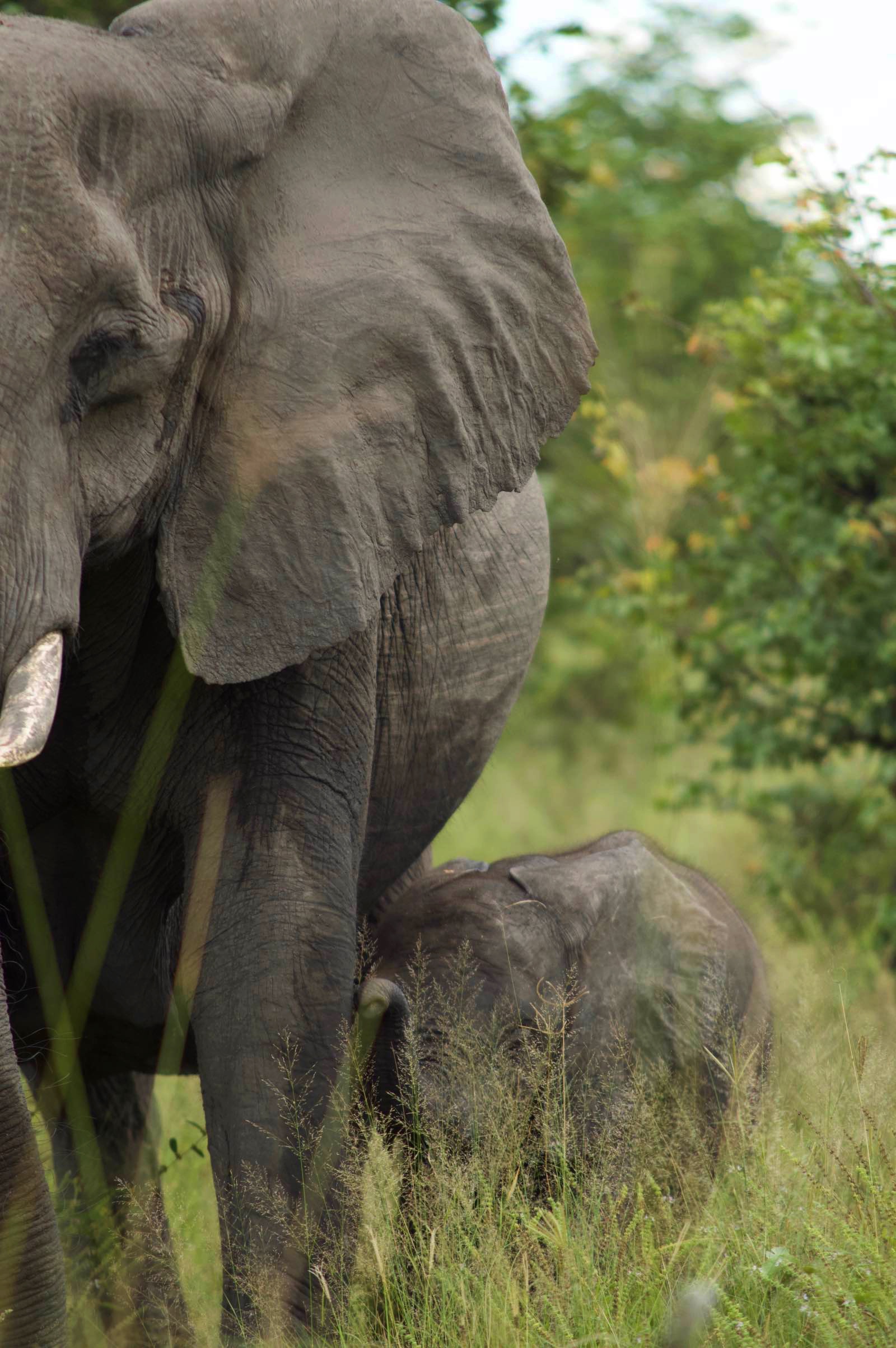
Greenery
Speaking of greenery, that really is what summer is about. Areas that receive summer rainfall blossom into their most magnificent forms. There is just no denying that seeing the bright eyes of a panting lioness through dewy strands of tall green grass makes for such striking and impactful visions in the bush. Gone is the dust and the dryness, the bare stalks and leafless branches, the empty canopies and the fruitless trees. What comes after the rain is a celebration of lush vegetation and full waterholes.
The verdant Bushveld creates shade and miniature ecosystems that last all summer long. Mud wallows become soggy once again and we get to see grumpy old buffalo bulls living their best life in the cool comfort of a muddy pool. Elephants splash and spray themselves and one another in a state of joy that is visible, even to our inferior human eye. There is enough for everyone, the great thirst is over, and the result is purely marvellous. If you can enjoy this aspect of nature, you’ll love summer on safari.
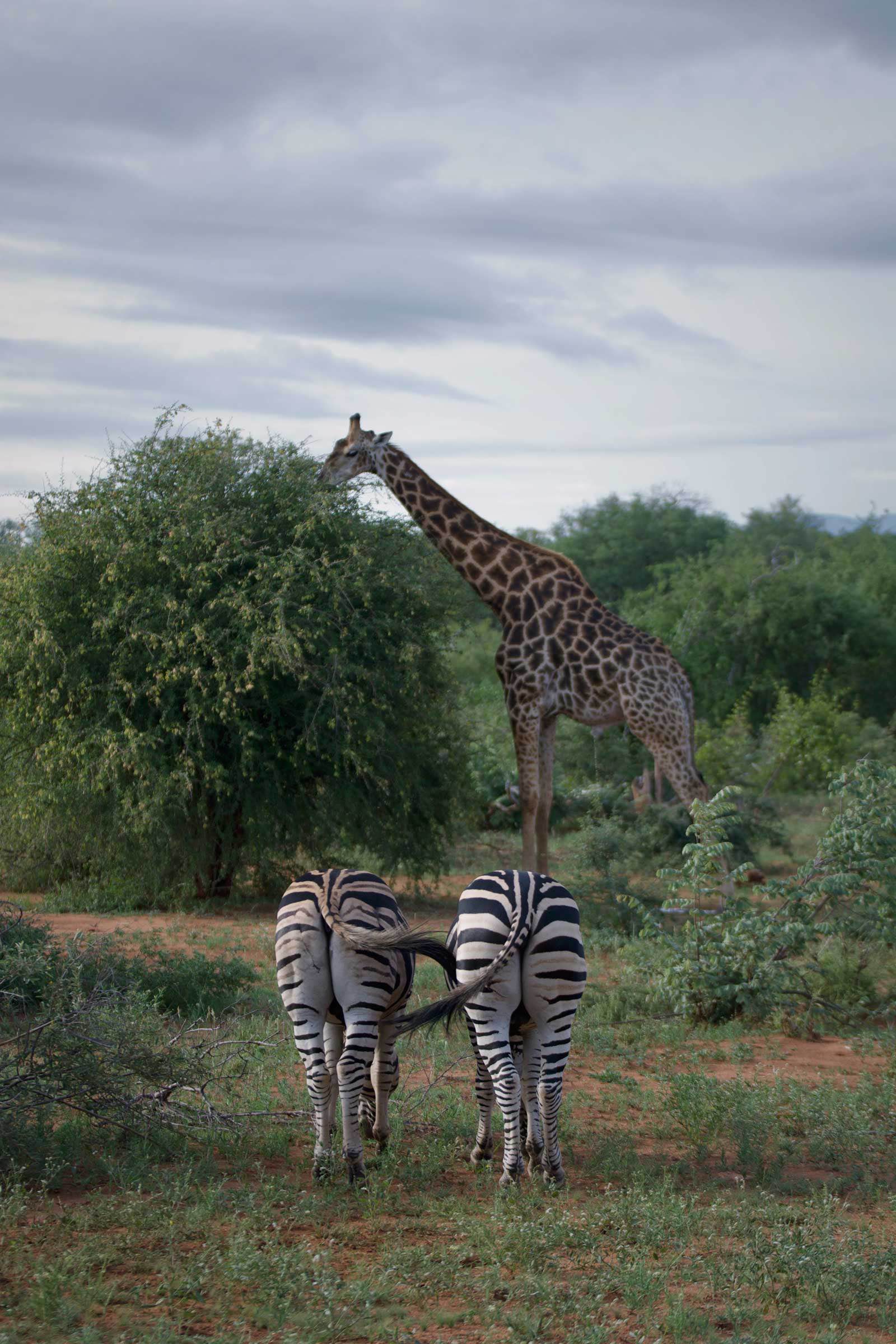
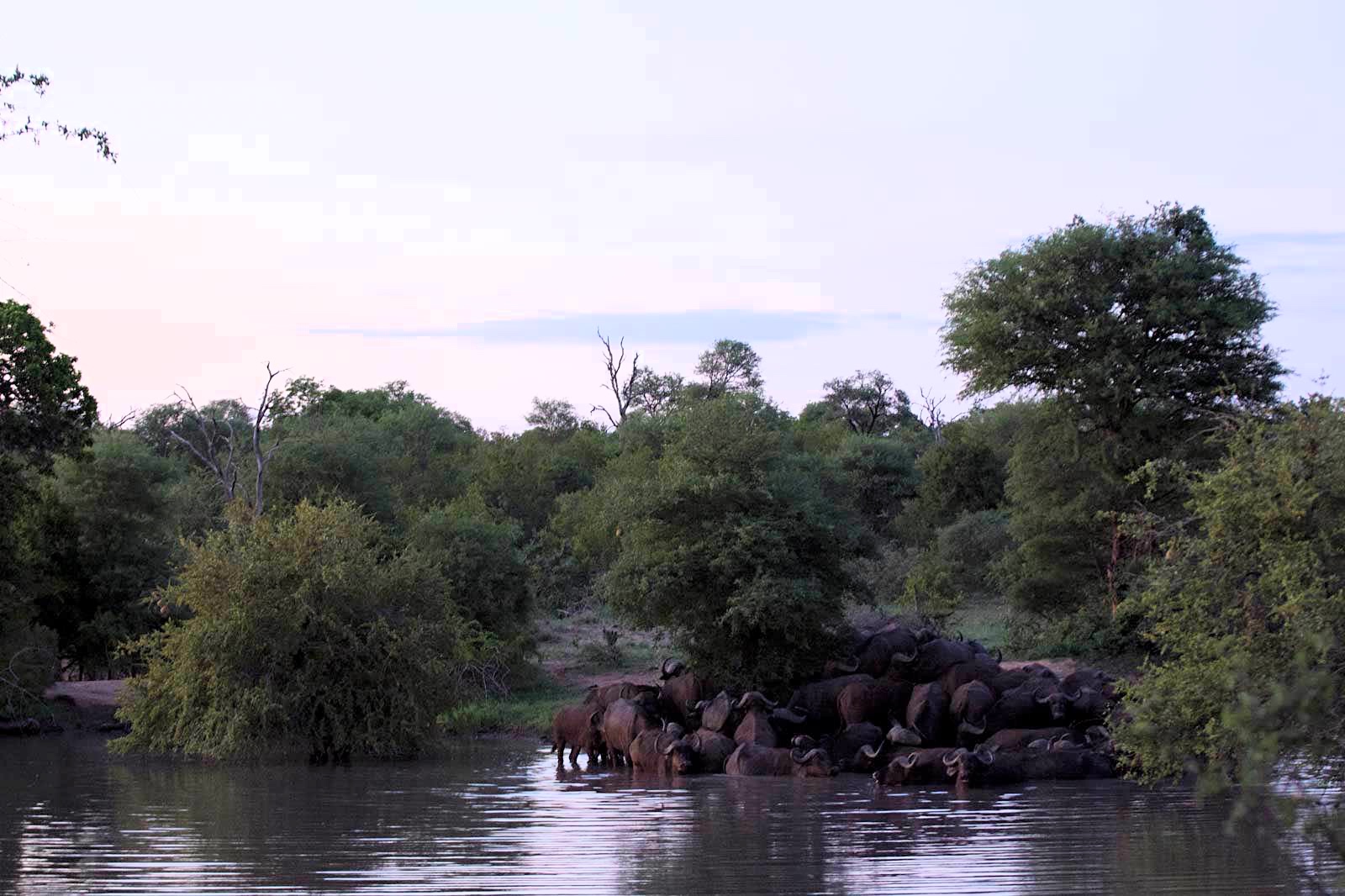
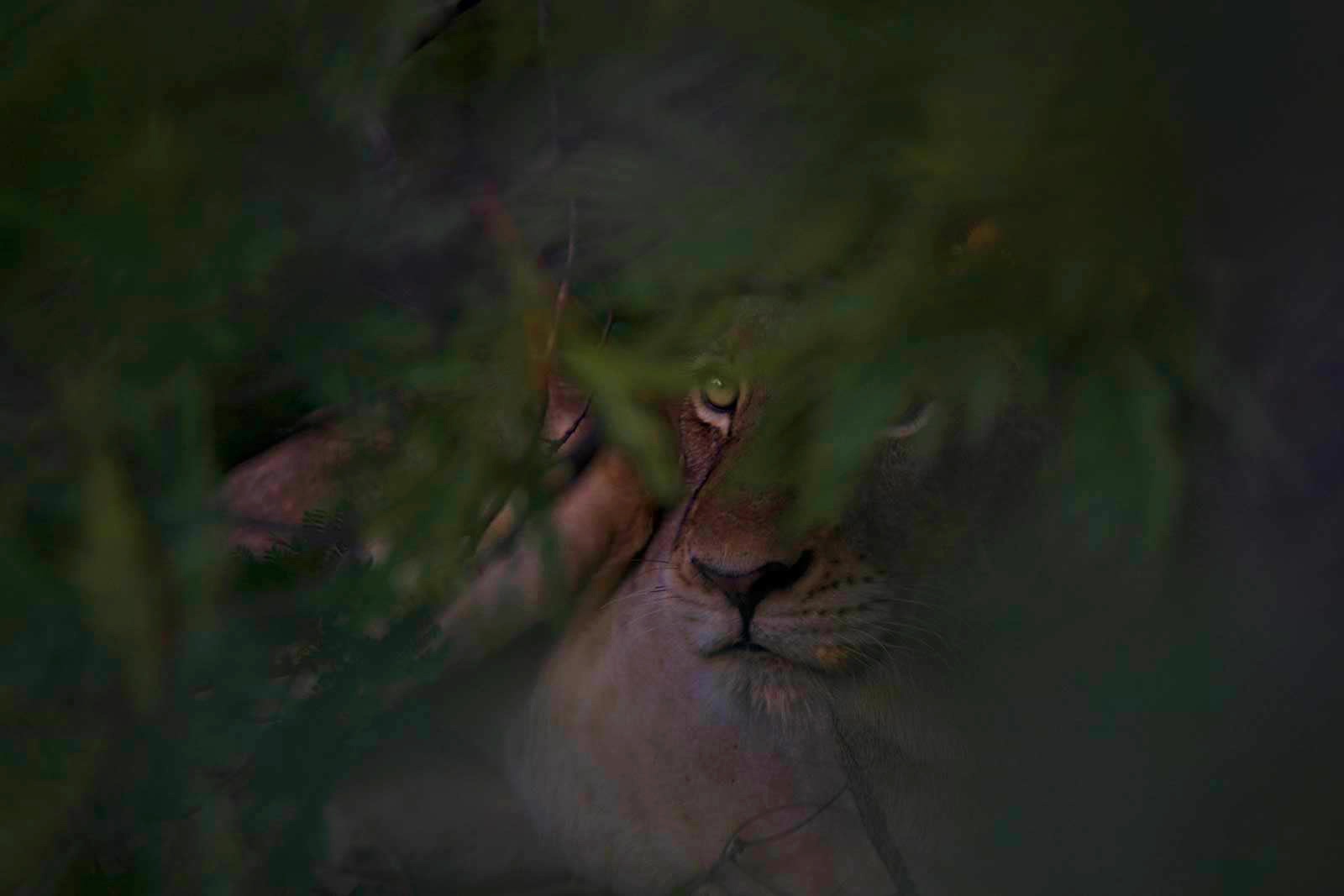
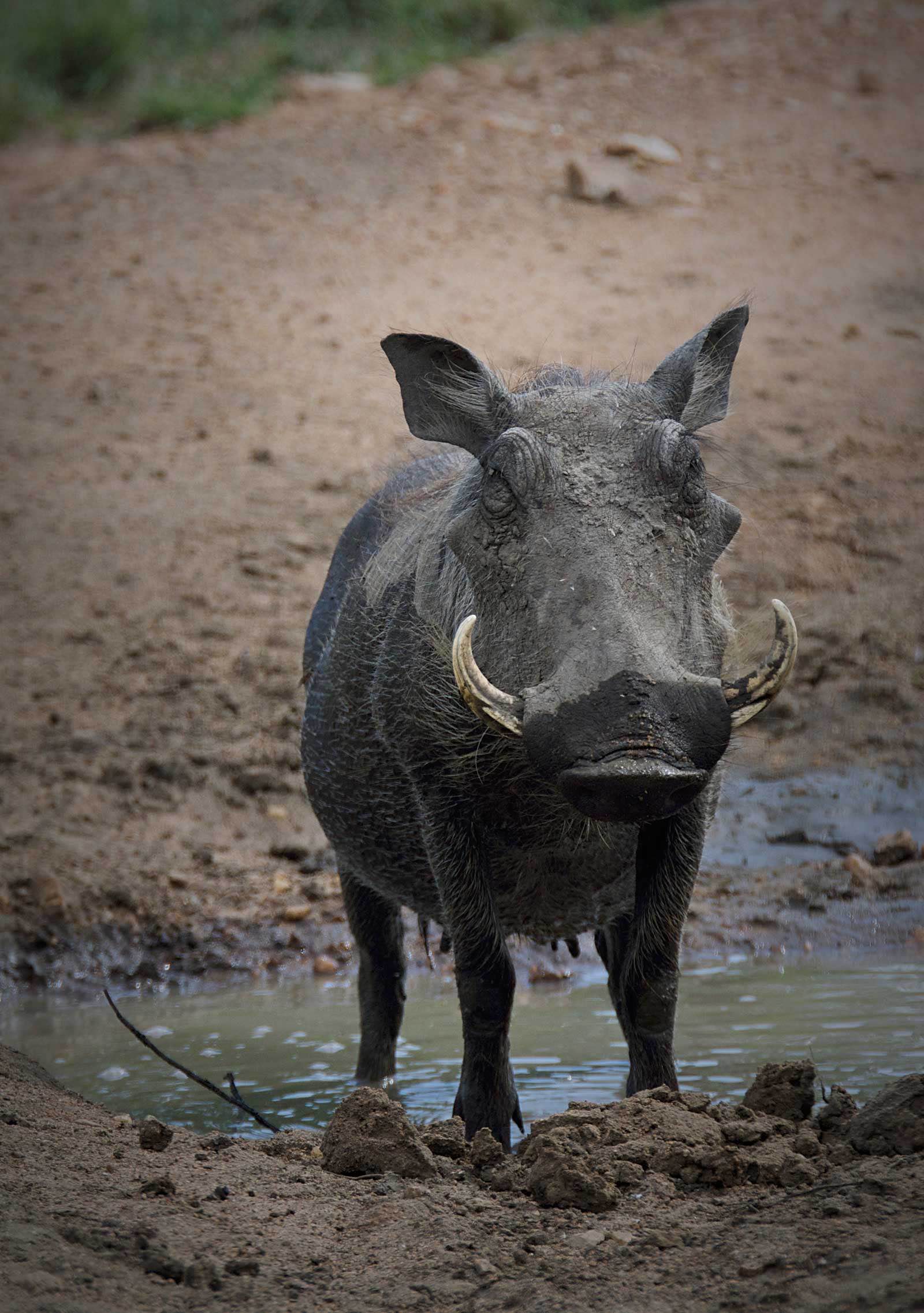
Frogs, insects, snakes and spiders…
Now, this one might not appeal to everyone, but we don’t want to hide the fact that summer time means the insects begin to thrive. Mosquito repellent will be your best friend, bedside fans and bug screens are essentials, and you might be waving your hand around to shoo a buzzing something or other from your face more often than usual. This too, is a part of the abundant summer! The hot, humid environment is perfect for insects and spiders and snakes and scorpions, and this is their home after all. Snakes are not seen much during the rest of the year, because they rely so much on natural heat to thermoregulate, so summer is really your best chance of seeing some of Africa’s beautiful serpentine species, like the adders and the cobras and harmless sand snakes and bush snakes.
Also harmless and deserving of a little admiration is the golden orb spider, which is a lovely summer resident. These long-legged spiders spin webs that shimmer gold in the sunlight, giving them their apt name. They are not biters unless severely provoked, so enjoy looking at these docile arachnids to your hearts content. Photographers get excited about these static subjects and can play with their settings to capture these web-dwelling spiders in great light.
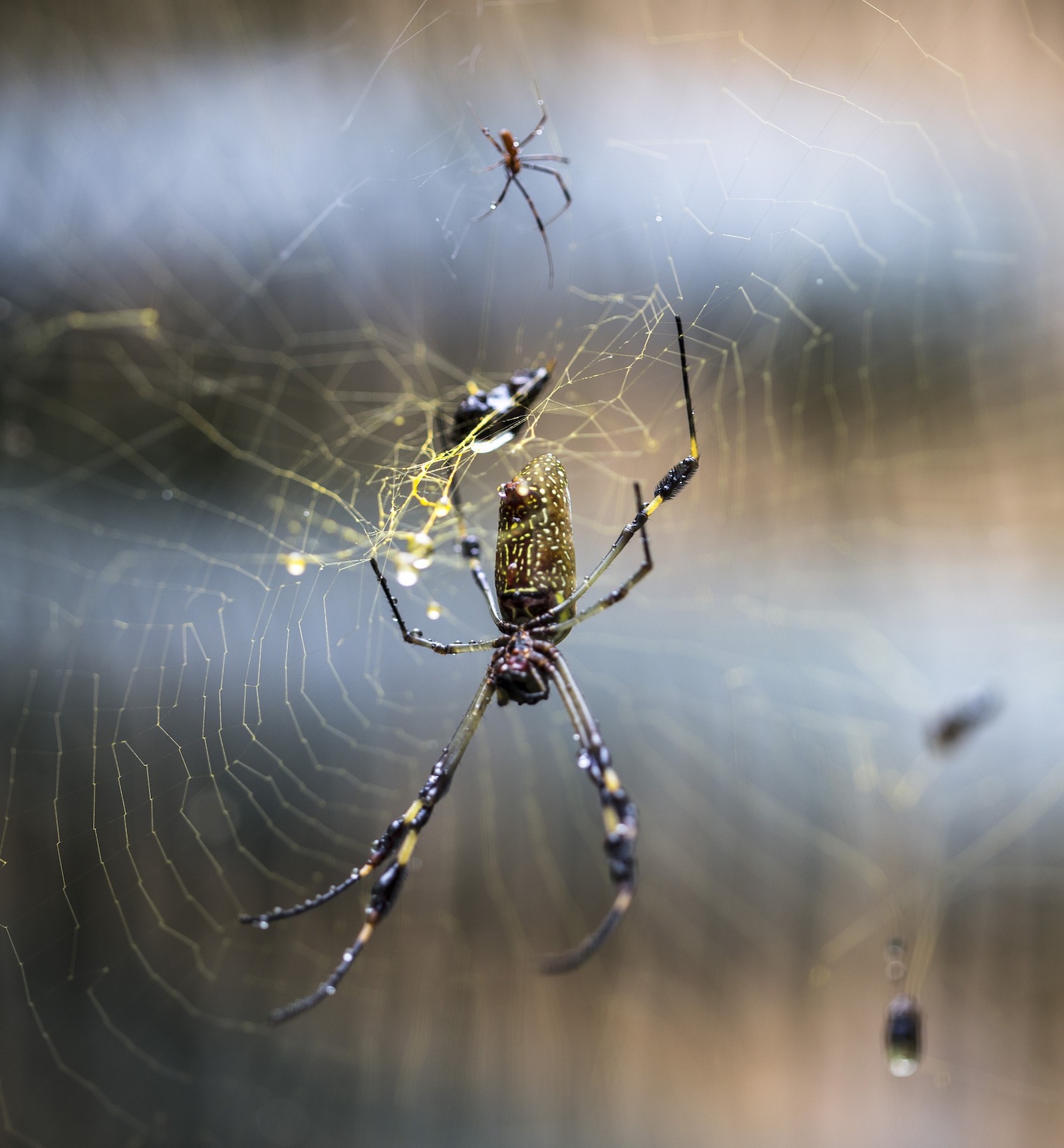
The sounds of summer are largely due to the arrival of the insects, like crickets, cicadas, and katydids, but as soon as darkness falls, the frogs are what dominate the safari soundtrack. From reed frogs to foam nest frogs to giant bullfrogs, frogs love the summer conditions, and we have the great fortune of being able to watch and listen to these fascinating amphibians. The African bull frog actually hibernates underground for the entire year until the first solid rains arrive, at which time they emerge and send their deep, croaking “ribbit” resounding through the bush.
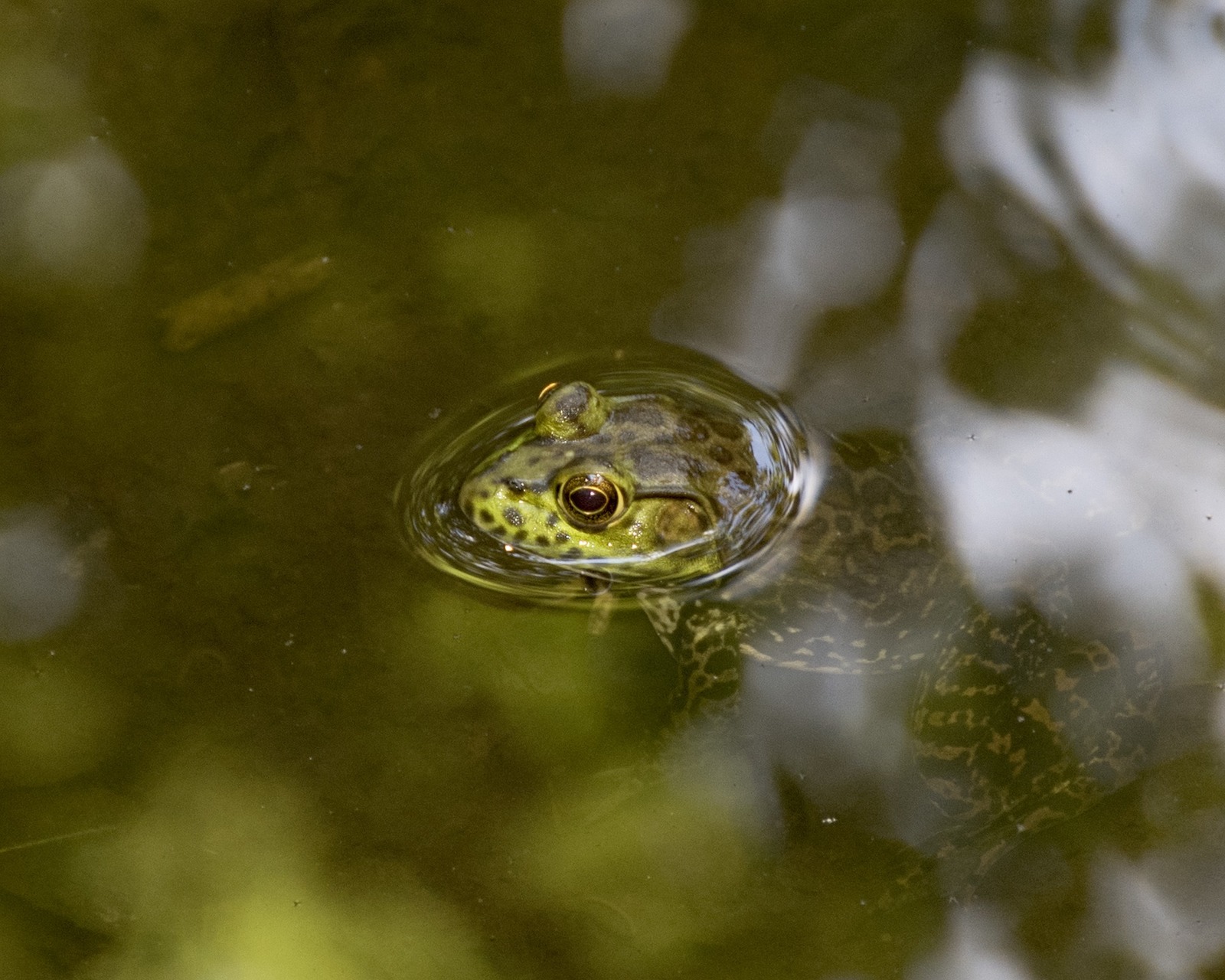
If you want to find out about the best times to travel to Africa for a safari, we’ve written a blog about that too. You can read that here, but remember to ask your safari expert about summer and green season specials, because it’s worth it!
Also, here are some FAQs we answered about going on safari in Uganda, and some things you might want to know before hitting Botswana. You’re welcome!
See you on safari!

